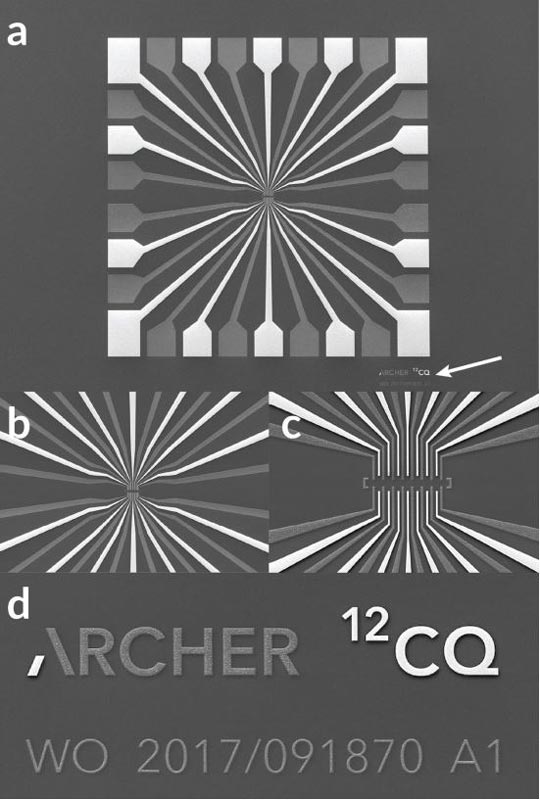You might be interested in
Experts
CRITERION: Got a chip on your shoulder over missing Nvidia? Here's the latest intel on AI stocks
Tech
ASX Tech March Winners: Sector up 55% YTD as Aussie retail investors still love 'Magnificent 7'
News
Mining
Graphene-focused Archer Exploration (ASX:AXE) has put together the first components of a prototype qubit processor (chip) as part of its 12CQ quantum technology project.
The company has an exclusive licence agreement with the University of Sydney that allows it to develop and commercialise room-temperature quantum computing technology.
During his previous employment at the University of Sydney, Archer chairman Dr Mohammad Choucair invented the first material known to overcome both the limitations of sub-zero operating temperatures and electronic device integration for qubits.
A qubit — or quantum bit — is the basic unit of quantum information, much like the classic binary bit but using a two-state device.
The conducting carbon material is able to process qubits at room temperature.
Here’s an early glimpse of the tech:

“In a very short period since finalising the exclusive licence agreement with the University of Sydney, we have begun assembling prototype qubit processor [chip] components,” Choucair told investors.
“We have started to build the chip on silicon substrates as silicon is the computer industry standard material for current classical computer chips.
“The compatibility of our carbon-based qubits with silicon chip substrates will aide with industry acceptance of our technology.”
The news spurred shares up nearly 13 per cent to 9.7c on Wednesday morning.
Back in January, Archer named the very man who invented the world’s first single-atom transistor — Dr Martin Fuechsle — as the head of its quantum tech team.
According to Choucair, the entire chip is about the “size of the width of a few human hairs”.
“We envision the 12CQ qubit processor would fit alongside standard chips on modern day classical computing motherboards,” he explained.
“Current quantum computing technology solutions can be quite rigid due to limitations posed by the qubit materials used in the chip fabrication process.
“We have the advantage that are our carbon-based qubits offer versatility in their handling, stability and quantum features for easy integration into modern electronics.”
The Archer team is building the 12CQ qubit processor chip prototypes at the Research and Prototype Foundry within the $150m purpose-built Sydney Nanoscience Hub facility at the University of Sydney.
The Sydney Nanoscience Hub is also home to the Sydney Microsoft Quantum Laboratory –one of the largest single investments in quantum technology in Australia.
It is also the only Microsoft experimental centre in the Southern Hemisphere and one of just three centres outside of the US that Microsoft has invested in.
Archer plans to continue de-risking the technology during the first quarter of FY20.
Tanzania-focused graphite explorer Graphex Mining (ASX:GPX) says while it has developed a “substantial number of relationships” with potential customers who are interested in signing graphite sales agreements, the agreements will be delayed until the delivery schedule for Chilalo graphite can be communicated with greater certainty.
“We are highly confident in the demand for Chilalo graphite and believe the markets for graphite foils and flame-retardants are ripe for new supply,” managing director Phil Hoskins said. “Additional customers have ‘pre-qualified’ Chilalo graphite, which serves to maximise both the sales opportunity and pricing expected to be realised for Chilalo graphite.”
In March last year, Graphex signed statements of sales intent for 80,000 tonnes per annum with five Chinese customers. The customers have tested the Chilalo product, discussed the major terms for graphite sales agreements and are considered to have ‘pre-qualified’ Chilalo’s large flake graphite product.